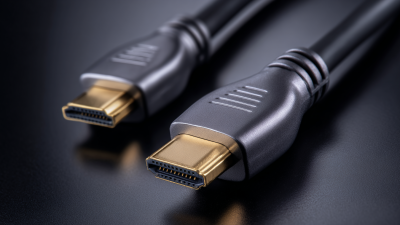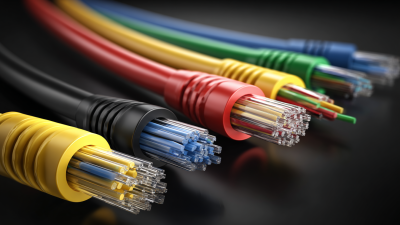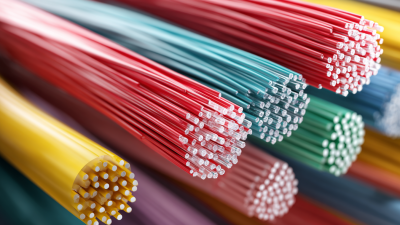Industries
Get direct access to our extensive portfolio of optical products and specialist technical expertise.
Get direct access to our extensive portfolio of optical products and specialist technical expertise.
In today's rapidly evolving digital landscape, the need for high-speed and reliable networking solutions has never been more critical. Central to achieving this is the adoption of advanced technologies such as the single mode fiber transceiver. Unlike traditional copper connections, single mode fiber transceivers offer greater bandwidth, longer transmission distances, and enhanced performance in data centers and telecommunications.
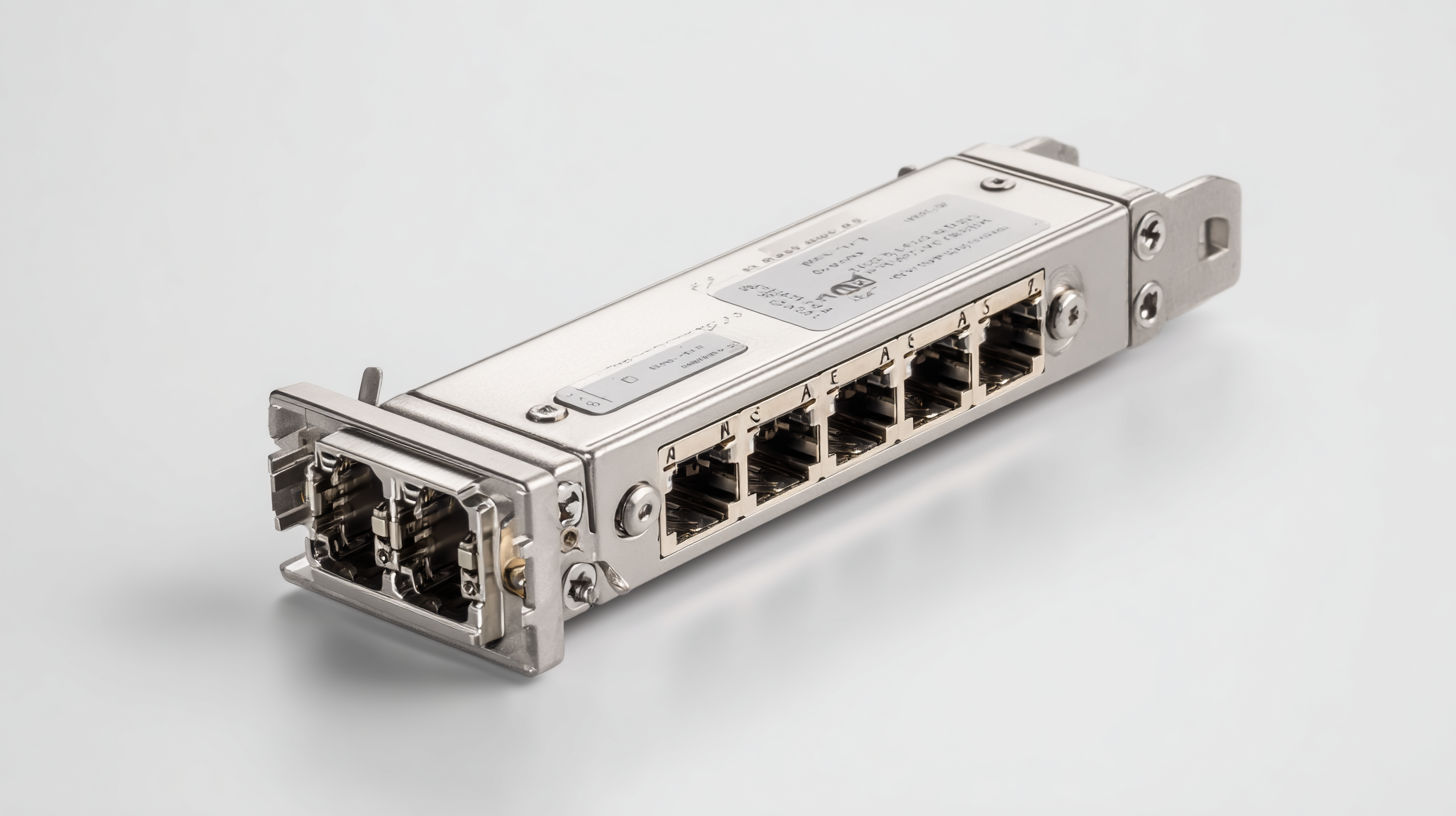
As businesses and organizations seek to optimize their networks for efficiency and scalability, understanding the importance of single mode fiber transceivers becomes essential. In this blog, we will explore the key benefits, operational principles, and practical tips for effectively integrating single mode fiber transceivers into modern networking environments, ensuring that you stay ahead in a competitive digital age.
In modern networking, the role of single mode fiber transceivers cannot be overstated, especially in the context of high-speed data transmission. According to a report by the Fiber Optic Association, single mode fibers can support data rates of up to 100 Gbps over distances exceeding 100 kilometers, making them ideal for long-range communications and high-demand environments. This capability is crucial as businesses increasingly rely on fast, reliable data connections to support cloud services, streaming, and large-scale data transfers.
Furthermore, a market analysis by Research and Markets indicates that the global single mode fiber transceiver market is projected to grow at a CAGR of 10.2% from 2022 to 2028. This growth is driven by the demand for high-speed internet and the expansion of data centers worldwide. As network infrastructures evolve to support 5G and IoT applications, the efficiency and performance of single mode fiber transceivers will be pivotal. Their ability to facilitate lower latency and higher bandwidth not only enhances operational efficiency but also strengthens the backbone of modern digital communication networks.
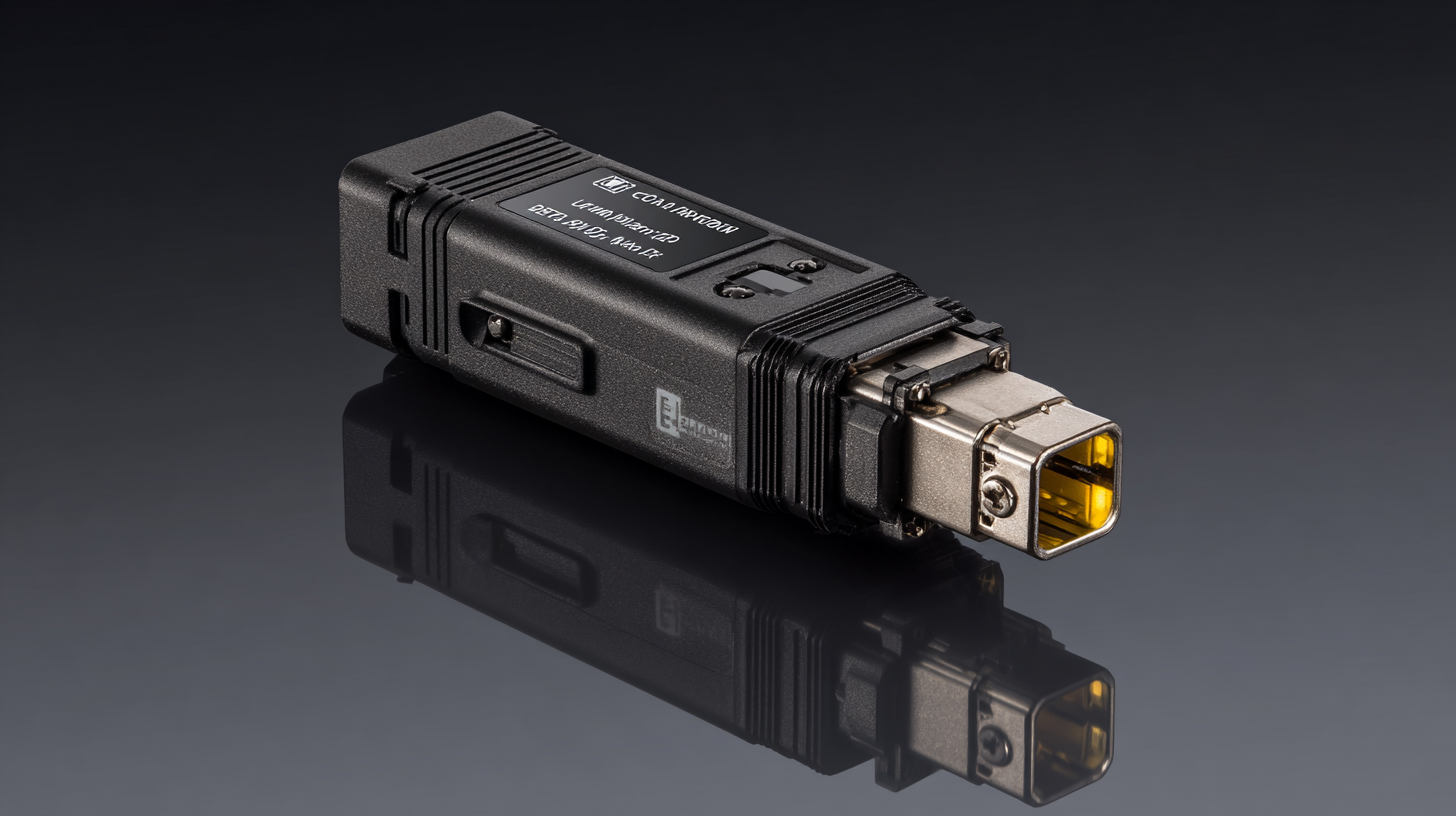 Single mode fiber (SMF) transceivers play a crucial role in modern networking solutions, offering distinct advantages over their multimode counterparts. One of the key benefits of using single mode fiber is its ability to support long-distance communication with minimal signal loss. This is particularly important in large enterprises where networks span vast areas or in data centers that require high bandwidth over extended distances. With the growing demand for reliable and efficient data transmission, SMF transceivers ensure that networks operate seamlessly even under heavy loads.
Single mode fiber (SMF) transceivers play a crucial role in modern networking solutions, offering distinct advantages over their multimode counterparts. One of the key benefits of using single mode fiber is its ability to support long-distance communication with minimal signal loss. This is particularly important in large enterprises where networks span vast areas or in data centers that require high bandwidth over extended distances. With the growing demand for reliable and efficient data transmission, SMF transceivers ensure that networks operate seamlessly even under heavy loads.
Furthermore, the recent surge in the fiber optics market, projected to grow from $150 million in 2022 to $320 million by 2030, highlights the increasing reliance on single mode fiber technology. This growth is underpinned by a compound annual growth rate of 10.4% from 2024 to 2030, indicating a robust market trend influenced by the escalating demand for high-capacity data services. By integrating single mode fiber solutions, organizations not only enhance their network infrastructure but also position themselves to meet future connectivity challenges, making it an essential component of modern networking strategies.
In the realm of modern networking, the choice between single mode and multi-mode fiber transceivers is crucial for optimizing performance and scalability. Single mode fiber (SMF) utilizes a single light pathway, which allows for longer transmission distances that can reach up to several kilometers without significant signal loss. This characteristic makes SMF ideal for metropolitan area networks and long-haul communications, where bandwidth demands are growing and distances are often extended.
On the other hand, multi-mode fiber (MMF) transceivers utilize multiple light pathways, resulting in greater light dispersion. This design makes MMF suitable for shorter distances, typically within a building or campus environment. While MMF is generally more cost-effective for short-range applications, it does come with limitations in terms of distance and bandwidth compared to single mode fiber. The choice between these two types of fibers largely depends on specific networking needs, including distance, bandwidth requirements, and budget constraints, making it essential for network planners and engineers to weigh the benefits of each in their infrastructure decisions.
| Feature | Single Mode Fiber Transceivers | Multi-Mode Fiber Transceivers |
|---|---|---|
| Maximum Distance | Up to 100 km | Up to 550 m |
| Bandwidth | Higher (up to 100 Gbps) | Lower (up to 10 Gbps) |
| Use Case | Long-distance communication | Data centers, local networks |
| Cost | Typically Higher | Typically Lower |
| Loss | Lower attenuation | Higher attenuation |
| Connector Types | LC, SC | SC, ST |
Single mode fiber transceivers play a pivotal role in the efficiency and performance of modern networking systems. When selecting the right transceiver, several critical factors should be considered. First, ensure the compatibility with existing devices; according to a report by Research and Markets, the demand for compatible transceivers is forecasted to grow by 12% annually, highlighting the need for seamless integration in networking environments.
Another crucial aspect is the range and data transmission rates. Single mode fibers are known for their high capacity and long-distance capabilities, with some manufacturers reporting transmission distances exceeding 100 kilometers without signal degradation. It's essential to evaluate the specific requirements of your network—whether it be for data centers, telecommunications, or enterprise applications—ensuring the selected transceiver meets the requisite bandwidth and range specifications. A comprehensive understanding of these parameters will not only enhance network performance but also provide scalable solutions as future demands arise.
The future of single mode fiber technology is poised for significant advancements, driven by the increasing demand for faster and more reliable networking solutions. As data transmission speeds continue to escalate, single mode fibers provide an optimal means of achieving minimal signal loss over long distances, making them ideal for large-scale data centers and high-performance applications. Innovations in manufacturing techniques and materials are leading to lighter, thinner cables that can accommodate higher bandwidths without compromising on performance.
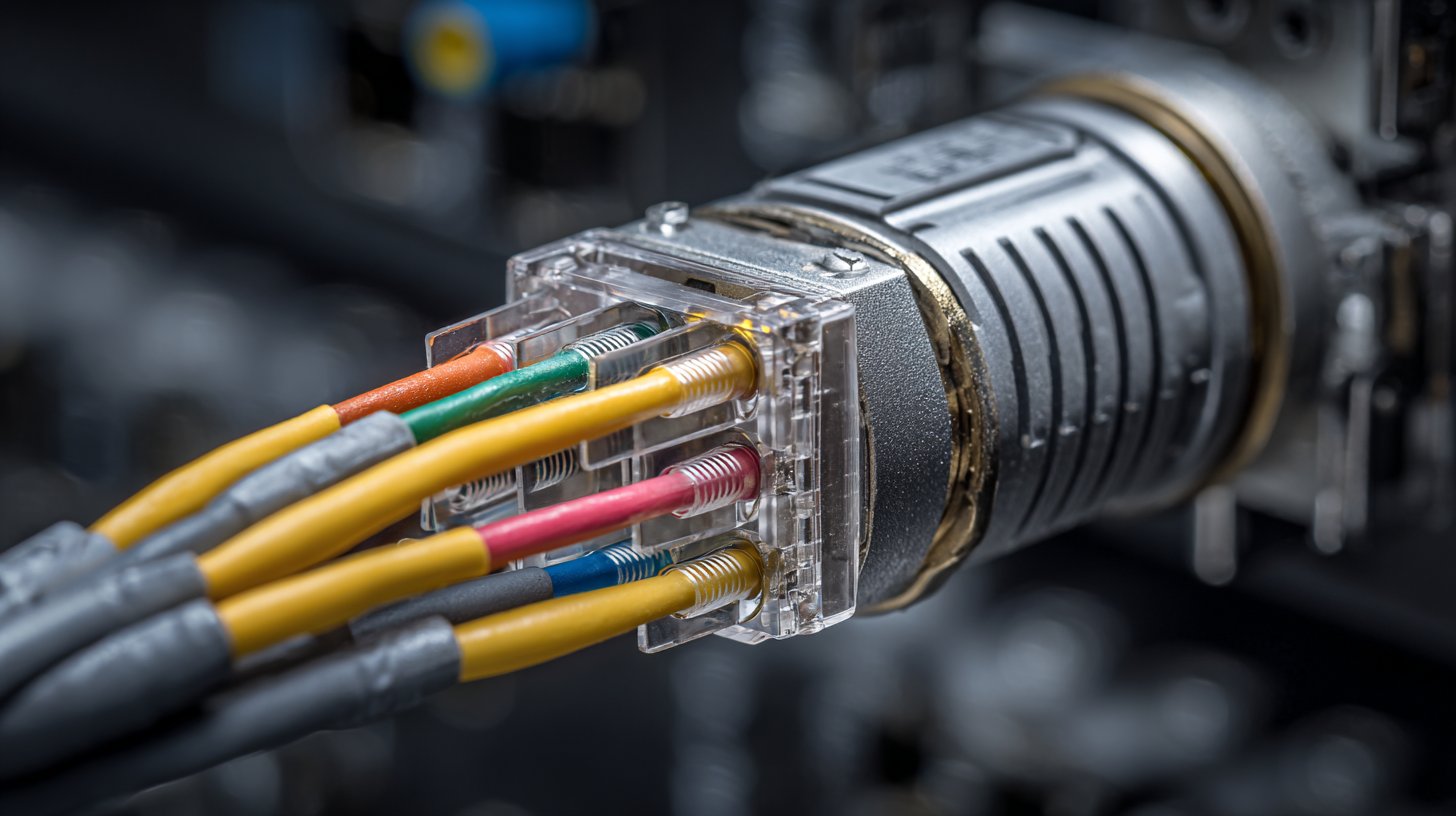
In addition to hardware advancements, the evolution of networking applications is also fostering trends such as integration with artificial intelligence and the Internet of Things (IoT). As more devices become interconnected, the need for robust and efficient data communication channels becomes paramount. Single mode fiber transceivers are evolving to meet these needs, offering enhanced scalability and flexibility for future networks. This interplay between fiber technology and networking applications hints at a future where seamless connectivity and rapid data transfer are not just goals but essential components of our digital infrastructure.

